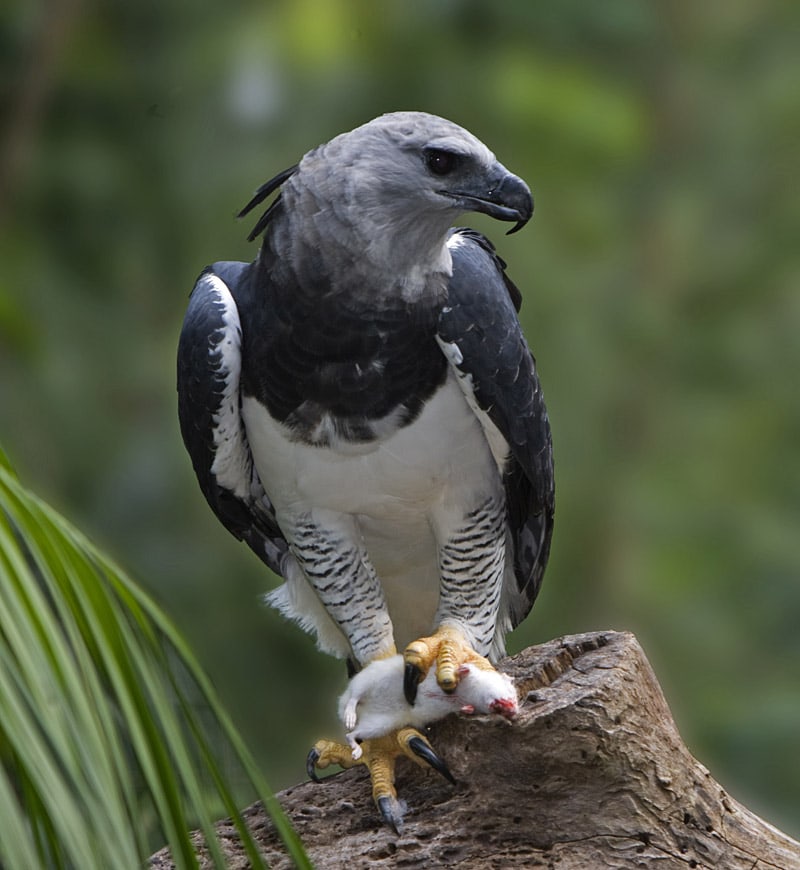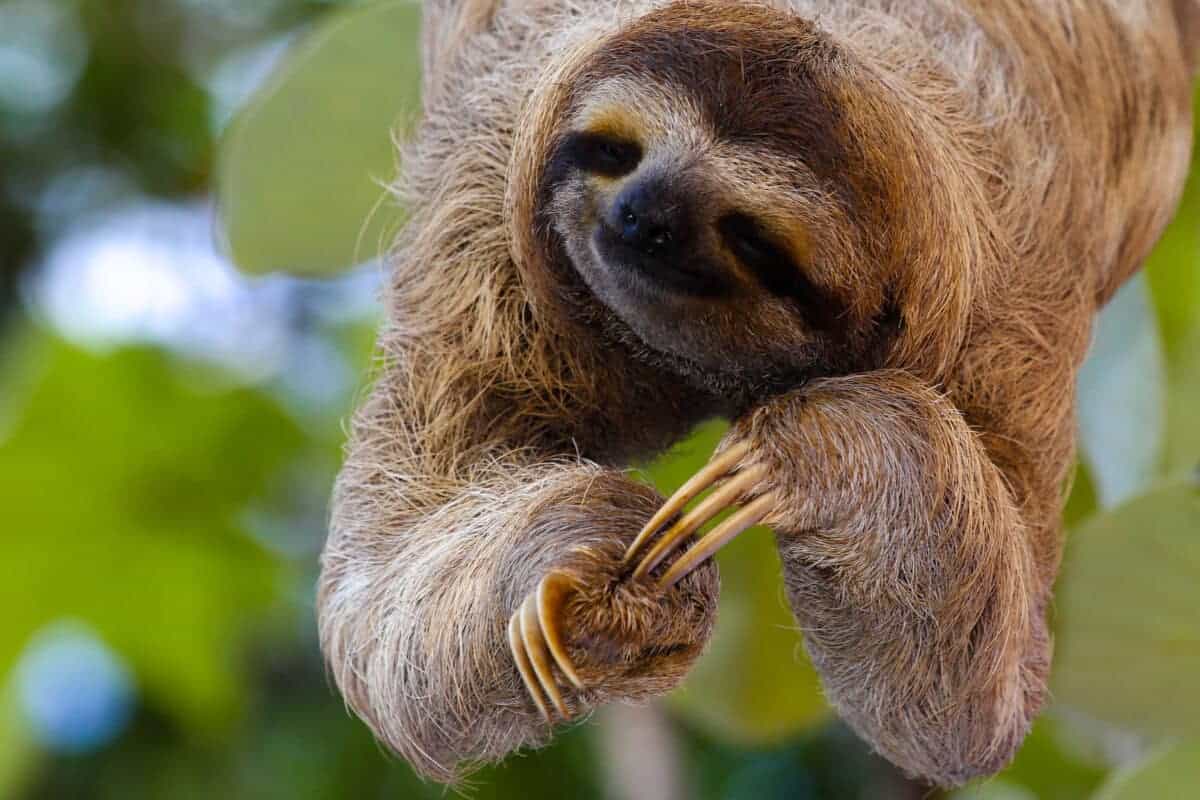The Footage

The footage in this video is from a Clip from Episode 3 of BBC’s “The Hunt”. In this video, we delve into the fascinating and rare interactions between sloths and eagles.
Understanding the dynamics of these encounters sheds light on the survival tactics of sloths when faced with aerial predators like eagles. The footage examines how these normally gentle and slow-moving creatures respond to threats from the sky.
Sloth vs. Harpy Eagle

In an encounter between a sloth and a harpy eagle, the harpy eagle would generally have the advantage. Harpy eagles are powerful birds of prey, adapted for hunting with strong talons and keen eyesight. They often prey on tree-dwelling animals, including sloths. Sloths, on the other hand, are slow-moving and not equipped for aggressive defense.
They primarily rely on camouflage and staying still to avoid detection. However, such interactions are rare, and sloths’ survival strategies usually involve avoiding confrontation.
What are Harpy Eagles

Harpy Eagles are among the largest and most powerful raptors found in the Americas. With a striking appearance characterized by their deep grey feathers, piercing eyes, and a prominent crest, they dominate rainforest canopies as apex predators.
Their diet mainly consists of tree-dwelling mammals like sloths and monkeys. Adapted for life in dense forests, their relatively short wingspan allows for greater maneuverability among trees, while their strong talons can exert impressive force, crucial for hunting and survival.
Common Threats To Sloths

Sloths, known for their slow-moving nature and tree-dwelling habits, face a range of threats in the wild. Habitat loss due to deforestation is a major concern, as it not only reduces their living space but also makes them more vulnerable to predators.
Climate change impacts their delicate ecosystem balance, affecting food availability. Additionally, human activities like urbanization and illegal wildlife trade further endanger their populations. These threats underscore the importance of conservation efforts to protect these unique creatures.
Bottom Line on Sloth Conservation

The conservation of sloths requires a multifaceted approach. Protecting their natural habitats is crucial, as deforestation poses the biggest threat to their survival. Reforestation and the creation of wildlife corridors can help sustain sloth populations.
Public education and awareness campaigns are vital in reducing human-induced threats and fostering a coexistence approach. Furthermore, supporting research to better understand sloth ecology can guide effective conservation strategies. Collaborative efforts between governments, NGOs, and local communities are essential to ensure the long-term survival of sloths.
Read more:
Must-Watch Footage: Sloth Crawls Across Massive Anaconda
- Animals and Wildlife in Colorado - April 24, 2024
- Best Places to see Sloths - April 24, 2024
- Where to See Alligators in the Wild - April 24, 2024


